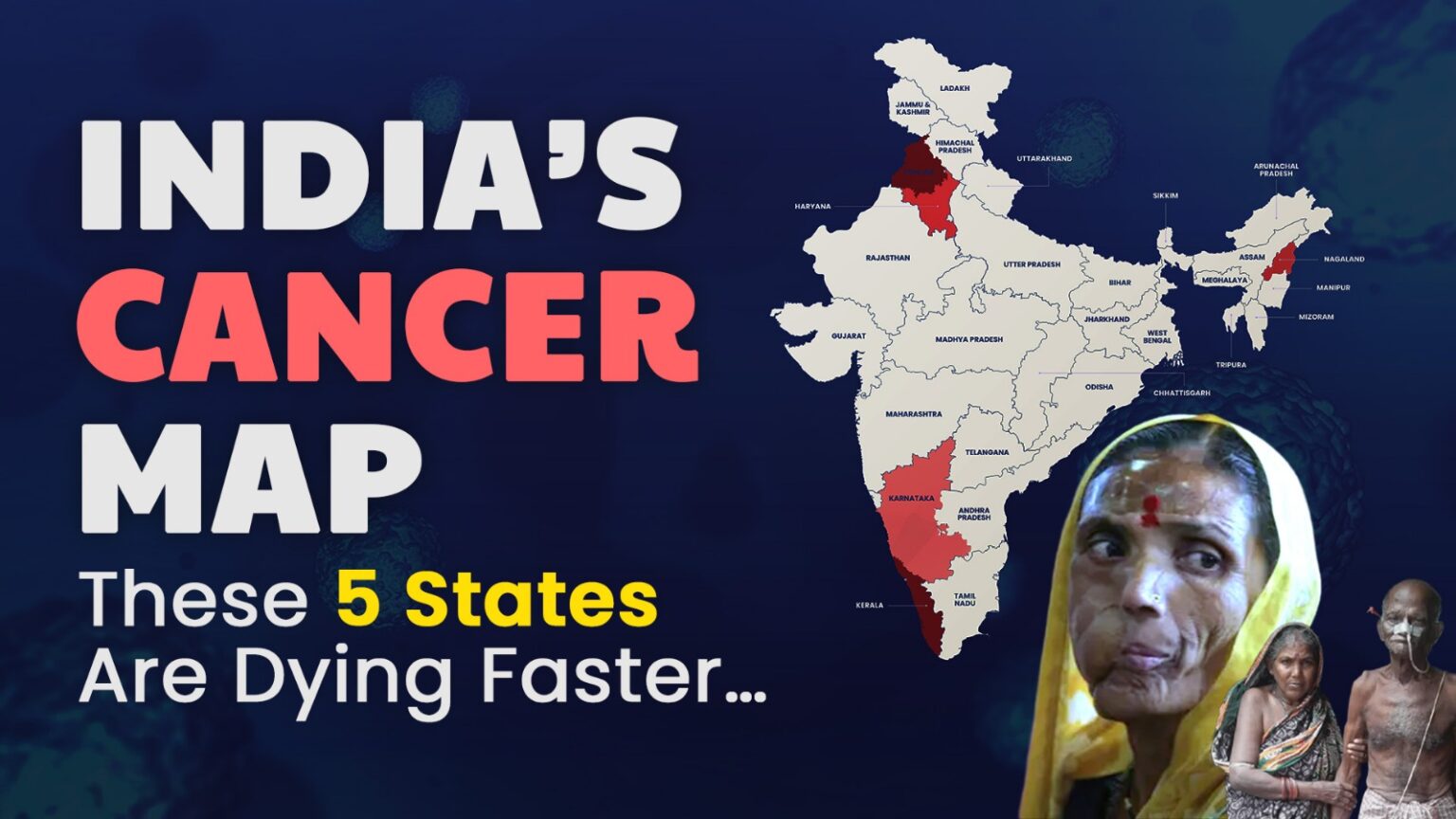Introduction
India is facing a growing public health crisis: the cancer burden in India is rising steadily, and the projections for 2026 are alarming. With lifestyle changes, increasing life expectancy and environmental risks, the cancer incidence in India is predicted to escalate. This blog explores the latest data, the highest-risk states, and actionable steps for cancer prevention in India.
Current Cancer Incidence in India
According to recent estimates, the number of new cancer cases in India in 2022 was approximately 1.46 million.
Projections suggest that this will rise to about 1.57 million by 2025.
Further, a study projects the number of new cancer cases by 2026 to reach 1.87 million (≈1.8699 million).
On the mortality side, cancer deaths in India are projected to increase to around 0.70 million (700,000) by 2026.
Also read – The Rise of Boycott UAE Movement
Why is the Cancer Burden Rising in India?
Demographic and lifestyle factors
- Growing population and aging age-structure: More elderly people = higher cancer risk. journal.waocp.org
- Urbanisation and changing lifestyles: Sedentary behaviour, obesity, red-meat consumption, high alcohol/tobacco use.
- Environmental risks: air pollution, water contamination, chemical exposures also contribute.
- Low screening and late-stage detection: Many cancers in India are detected late, reducing survival and increasing burden. northcitydiagnostic.in+1
Regional variation – highest cancer incidence in specific states
Some Indian states show disproportionately high cancer incidence and mortality. States with higher industrialisation, pollution, chemical pesticide use or unhealthy lifestyles show higher burden.
For example, major urban centres like Delhi are projected to see ~23 % increase in cancer incidence by 2026. The Times of India
Key Projections for 2026
- New cancer cases in India: ~1.87 million by 2026.
- Cancer deaths: ~700,000 by 2026.
- Relative increase: This represents a sharp rise compared to current numbers, indicating an urgent need for intervention.
- Lifetime risk: In India, approximately 1 in 9 people may develop cancer during their lifetime. PubMed+1
Implications for Health Infrastructure and Policy
- Healthcare systems must scale up screening, early detection, diagnosis and treatment capacity.
- Focus on prevention strategies: reduce tobacco and alcohol use, promote healthy diet, physical activity, limit exposure to environmental carcinogens.
- State-level planning: High-burden states must allocate more resources for oncology services.
- Public awareness campaigns: Lifelong risk must be communicated to the general population.
- Data-driven policies: Using cancer registry data and projections to direct resources where needed most.
What You Can Do (Prevention & Awareness)
- Quit tobacco and avoid second-hand smoke.
- Limit alcohol intake, follow a healthy diet rich in fruits/vegetables, limited processed/red meat.
- Maintain healthy body weight, stay physically active.
- Get regular health check-ups and cancer screenings appropriate for age/gender/family history.
- Reduce exposure to environmental risks (air pollution, industrial chemicals, pesticides) where possible.
- Encourage your community/family to be aware: region-specific risks matter.
Conclusion
The cancer burden in India is projected to rise significantly by 2026 — with nearly 1.9 million new cancer cases and around 700,000 deaths expected. The scale of this challenge demands urgent, coordinated action from governments, healthcare systems and individuals alike. By understanding the risk, focusing on prevention and supporting early detection, we can help reduce the future cancer burden in India.






